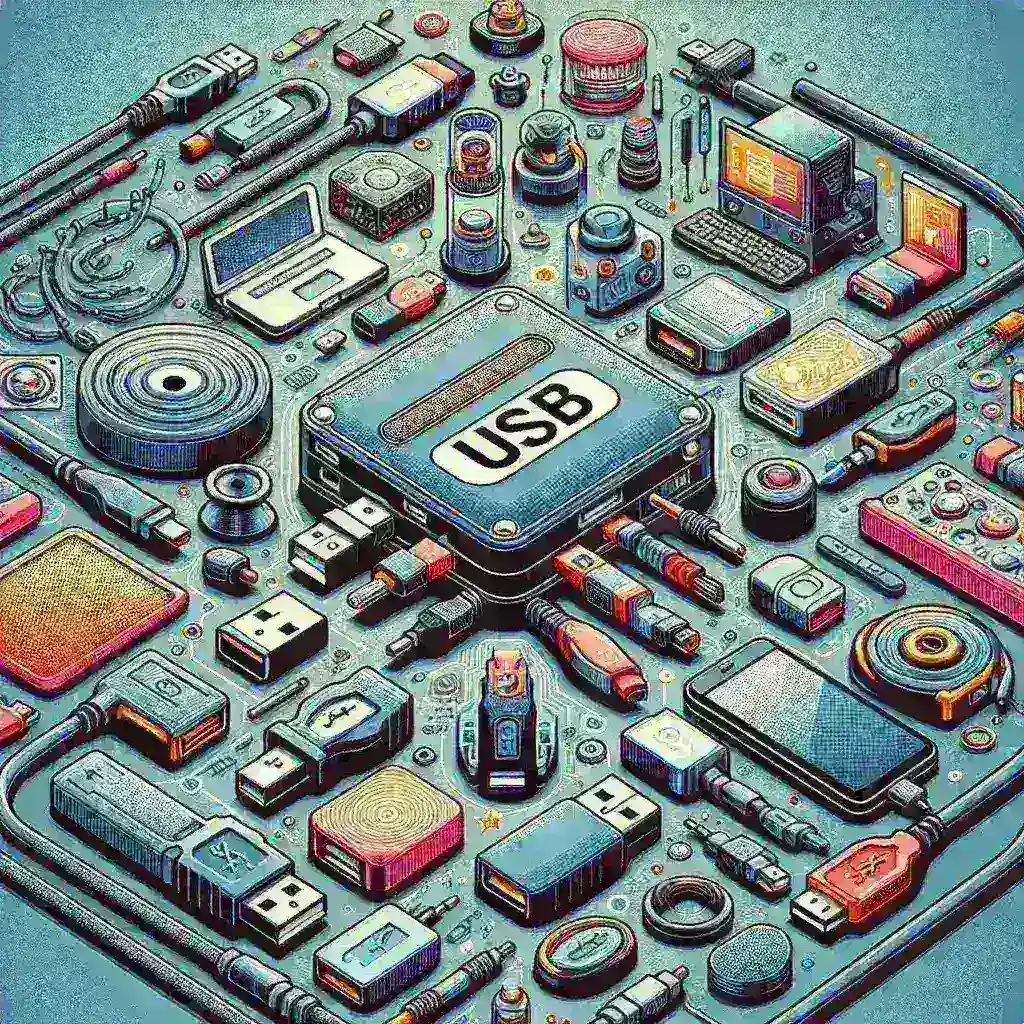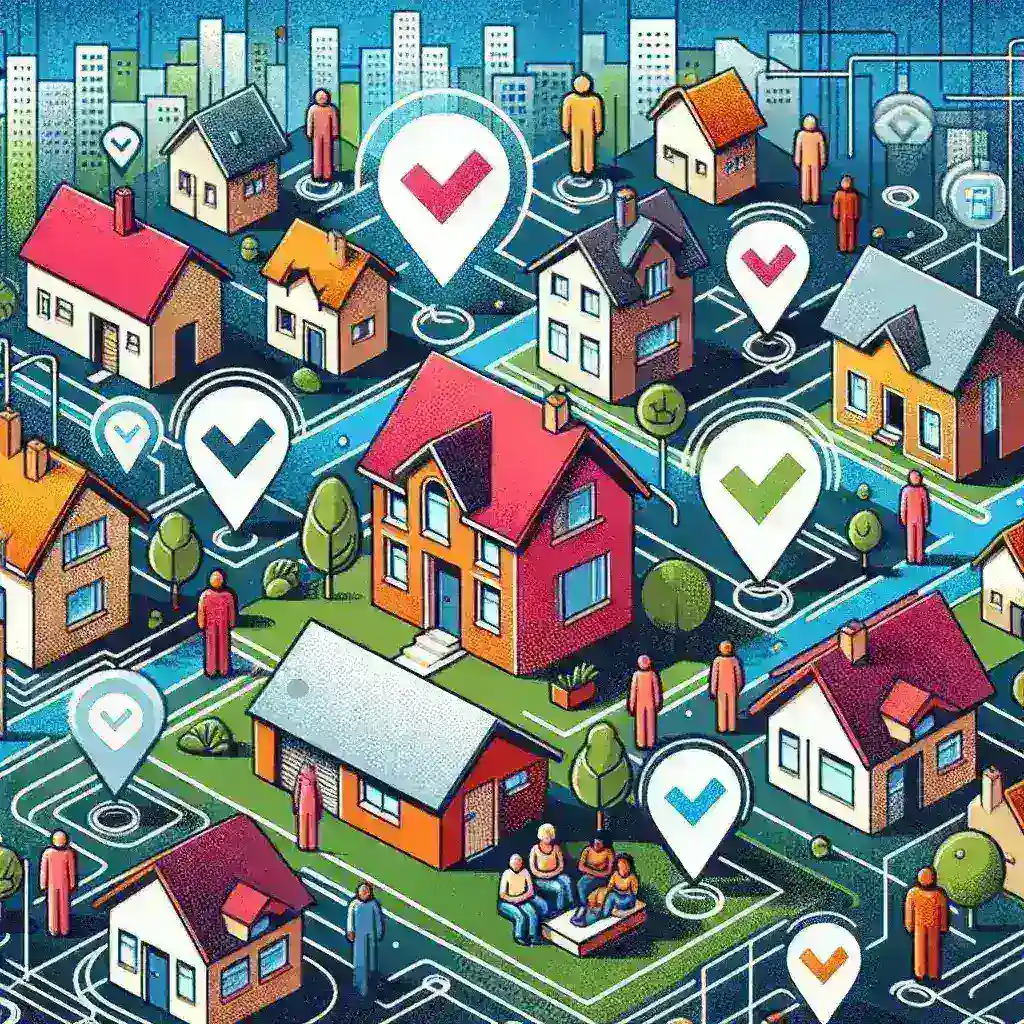Introduction
Universal Serial Bus (USB) technology has become an integral part of our daily lives, facilitating the connection between devices, data transfer, and charging. Whether you’re looking to transfer files, connect peripherals, or charge your devices, understanding how to use USB is essential. This article will dive deep into the various aspects of USB usage, offering a step-by-step guide, practical tips, and insights into the future of USB technology.
What is USB?
USB, or Universal Serial Bus, is a standard protocol that allows the connection of various devices and peripherals to computers and other devices. First introduced in 1996, USB has undergone several revisions, each improving speed, power delivery, and versatility. The most common USB types include:
- USB-A: The original rectangular connector, widely used in computers and chargers.
- USB-B: Typically found on peripheral devices like printers and scanners.
- USB-C: The latest connector that supports faster data transfer speeds and power delivery.
- Micro-USB: Commonly used in smartphones and portable devices before USB-C became prevalent.
- Mini-USB: An older format mainly found in digital cameras and older devices.
Types of USB Connections
Understanding the different types of USB connections is crucial for effective usage. Each type has its own unique characteristics:
1. USB 1.1
Launched in 1998, this version offered transfer speeds of up to 12 Mbps. While it is rarely used today, it paved the way for advancements in USB technology.
2. USB 2.0
Released in 2000, USB 2.0 increased transfer speeds up to 480 Mbps, making it suitable for various devices such as external hard drives and flash drives.
3. USB 3.0
This version, introduced in 2008, dramatically improved speeds to 5 Gbps. It is backward compatible with USB 2.0 and is commonly found in modern computers and devices.
4. USB 3.1
Released in 2013, USB 3.1 offers even faster speeds (up to 10 Gbps) and introduced the USB-C connector, which is reversible and supports power delivery.
5. USB 3.2 and USB4
These advanced versions continue to enhance speed and power delivery, with USB4 supporting up to 40 Gbps.
How to Use USB: Step-by-Step Guide
Step 1: Identify Your USB Port and Device
The first step in using a USB device is to identify the type of USB port on your computer or device and the corresponding connector type on the USB device. Most modern devices will have USB-A or USB-C ports.
Step 2: Connect the USB Device
Once identified, take the USB cable and plug it into the appropriate port. Ensure that it is inserted correctly, as forcing it can damage the port or the connector.
Step 3: Wait for Recognition
Your computer or device should automatically recognize the USB connection. You may hear a sound or see a notification indicating that a new device has been connected.
Step 4: Accessing Files and Folders
If you connected a storage device (like a USB flash drive), you can access it by navigating to ‘This PC’ or ‘My Computer’ on Windows or the Finder on macOS. Double-click the drive icon to open it and view its contents.
Step 5: Safely Eject the Device
Before physically disconnecting the USB device, it is crucial to safely eject it. On Windows, you can do this by right-clicking the drive icon and selecting ‘Eject.’ On macOS, simply drag the drive icon to the Trash, which changes to an Eject icon.
Common Uses for USB
USB technology is versatile and is used for a variety of applications:
- File Transfer: USB drives are commonly used to transfer data between devices.
- Charging: Many devices, including smartphones and tablets, can be charged via USB.
- Connecting Peripherals: Printers, mice, keyboards, and external hard drives connect via USB.
- Data Backup: USB external hard drives are ideal for backing up important data.
USB and Data Security
While USB devices are convenient, they can also pose security risks if not used carefully. Here are some tips for ensuring data security:
1. Avoid Public USB Charging Stations
Using public USB charging stations can expose your devices to malware. Always use your charger or a trusted power source.
2. Encrypt Sensitive Data
Encrypting data on USB drives can protect it from unauthorized access. Consider using software solutions that offer encryption capabilities.
3. Use Antivirus Software
Ensure that your computer has updated antivirus software to scan USB devices when connected.
Future of USB Technology
As technology evolves, USB is expected to continue adapting. The introduction of USB4 marks a significant step towards faster data transfer and improved power delivery capabilities. The potential for incorporating USB technology into more devices, including wearables and Internet of Things (IoT) devices, is also on the horizon.
Conclusion
Understanding how to use USB properly is essential in today’s technology-driven world. From file transfers to device charging, the versatility of USB cannot be overstated. By following the steps outlined in this guide and being aware of security measures, you can maximize the benefits of USB technology in your daily life. As USB continues to evolve, staying informed will ensure you make the most of this essential technology.




